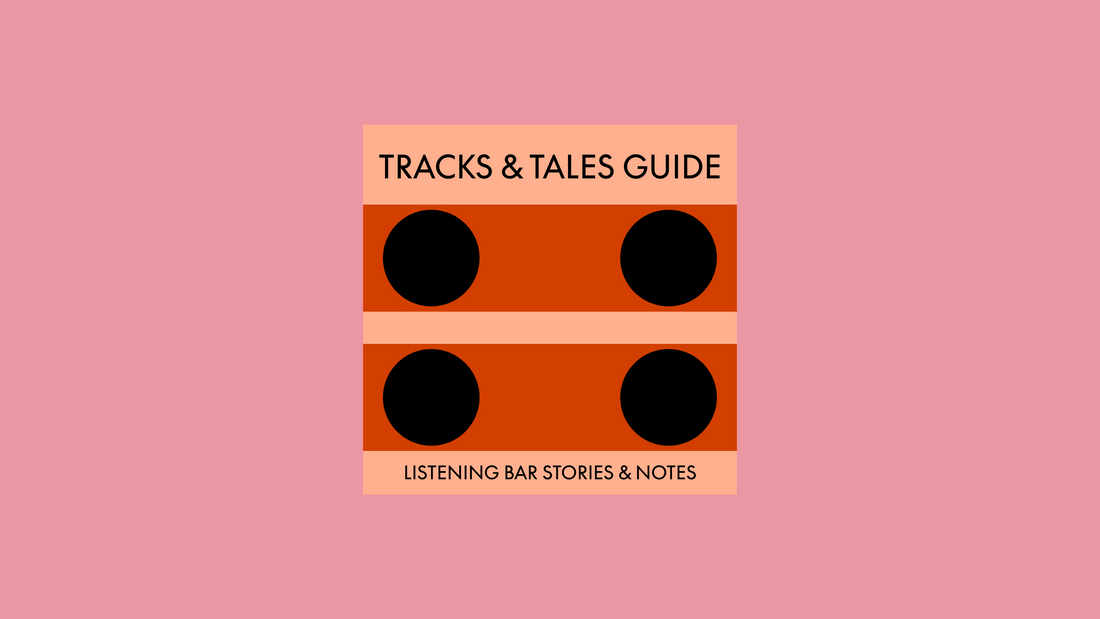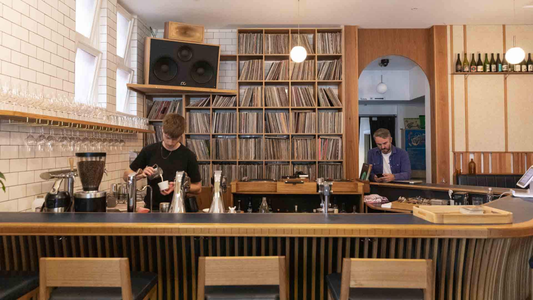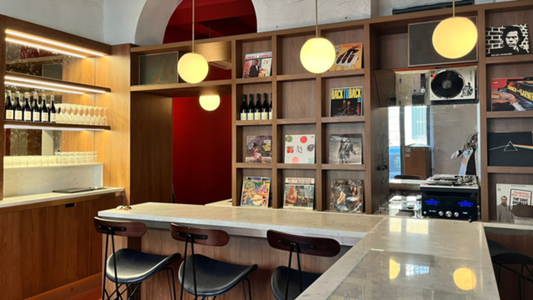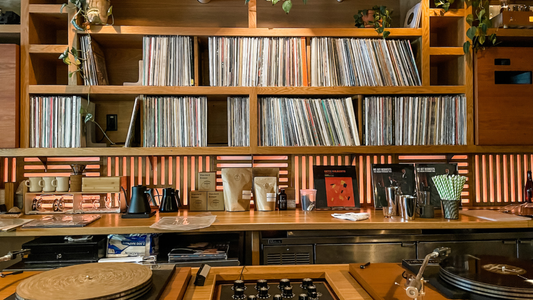
Seasonal Listening
How weather, daylight, and mood change the way we hear.
By Rafi Mercer
Music doesn’t sound the same all year. It expands in heat, contracts in cold, takes on colour in rain, texture in wind. Every season has its frequency. The art of listening — truly listening — is learning to hear time itself.
How the seasons tune our listening:
- Winter compresses — bass feels deeper, slower, more deliberate.
- Spring releases — tempo lifts, harmony blooms, air carries treble further.
- Summer amplifies — high frequencies brighten, rhythm quickens, detail softens in the heat.
- Autumn absorbs — tone warms, nostalgia deepens, midrange thickens.
- Weather alters acoustics — humidity, wind, and temperature all shape resonance.
In winter, the sound of jazz feels like wool: thick, enveloping, safe. Coltrane or Chet Baker under lamplight, whisky in hand, the room slightly too warm — this is slow listening at its most human. By contrast, summer leans toward rhythm and air: bossa nova, Balearic ambient, Sade, open windows. The sound disperses; the experience becomes communal, even outdoors.
Listening bars understand this instinctively. Their playlists, drinks, and even lighting palettes evolve with the season. Tokyo’s Studio Mule swaps darker spirits for sparkling highballs in July, pairing them with lighter records. In autumn, the needle slows, bottles turn amber again, and sound gains body.
At home, you can treat your collection like a wardrobe — seasonal rotation not by genre, but by feel. Bring warmth forward in cold months; lean into clarity and openness in heat. Let daylight and temperature decide the tempo.
Even daily cycles echo this rhythm: morning clarity, afternoon motion, evening reflection. The Japanese call it kisetsukan — “the sense of season.” It’s about more than weather; it’s attunement. Music, light, scent, and even silence shift accordingly.
Seasonal listening teaches patience. It reminds us that sound, like nature, thrives in change. You don’t need endless playlists; you need awareness. The record that speaks in January might feel silent in July — and that’s as it should be.
Listening is seasonal because we are. The music stays the same; the air that carries it doesn’t.
Quick Questions
Does weather really affect sound?
Yes. Air temperature and humidity alter how sound waves travel, changing tone and texture.
Should I change music with the seasons?
Absolutely. Let mood, light, and climate guide your selection — it keeps listening alive.
What’s the best season for listening bars?
Autumn. Long nights, warm rooms, and reflective tone — the year’s natural tempo for sound.
Rafi Mercer writes about the spaces where music matters.
For more stories from Tracks & Tales, subscribe, or click here to read more.







